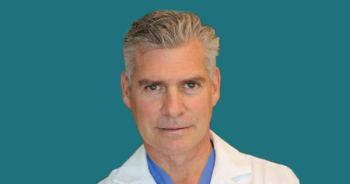
Photoreceptor Precursor Cells' Potential to Treat Inherited Retinal Diseases
Investigators are planning a first-in-man clinical trial for photoreceptor precursor transplant in Singapore.
This content originally appeared on our sister site,
A study led by Su Xinyi, PhD, assistant professor, Department of Ophthalmology, NUS Yong Loo Lin School of Medicine, examined the therapeutic potential of clinically compliant iPSC-derived photoreceptor precursors as a cell replacement source for future clinical trials.
Inherited retinal diseases (IRDs) are characterized by progressive retinal damage leading to vision loss. They are among the leading causes of blindness worldwide with a global incidence of approximately 1 in 2000 persons
The introduction of gene therapy has proven to be a significant medical breakthrough, though its effectiveness has been blunted by the extent of genetic heterogeneity, with more than 260 genes implicated in IRDs.
This limits the widespread application of gene therapy for all IRDs.
Moreover, gene therapy has limited efficacy in clinical cases of advanced retinal degeneration in which significant photoreceptor cell death has already occurred.
Photoreceptor cells are found in the retina and respond to light, converting it into electrical signals that activate physiological chain reactions. These signals are sent through the optic nerve to the brain for processing.
With the introduction of induced pluripotent stem cell (iPSC) and embryonic stem cell (ESC) technology, regenerative stem cell therapy has the potential to be an alternative treatment for end-stage retinal degeneration, independent of the underlying genetic defect. Retinal regenerative therapies therefore hold great promise for the treatment of IRDs.
Studies in animal models of IRDs have suggested visual improvement following retinal photoreceptor precursors transplantation, though there is limited evidence on the ability of these transplants to rescue retinal damage in higher mammals.
Investigators on the trial plan to perform a first-in-man clinical trial for photoreceptor precursor transplant in Singapore, in collaboration with RxCELL, a biotechnology company focused on therapeutic applications iPSCs.
---
REFERENCE
Su Xinyi, et al. “cGMP-grade human iPSC-derived retinal photoreceptor precursor cells rescue cone photoreceptor damage in non-human primates;” Stem Cell Research & Therapy; Aug. 19, 2021.
Newsletter
Stay at the forefront of cutting-edge science with CGT—your direct line to expert insights, breakthrough data, and real-time coverage of the latest advancements in cell and gene therapy.











































